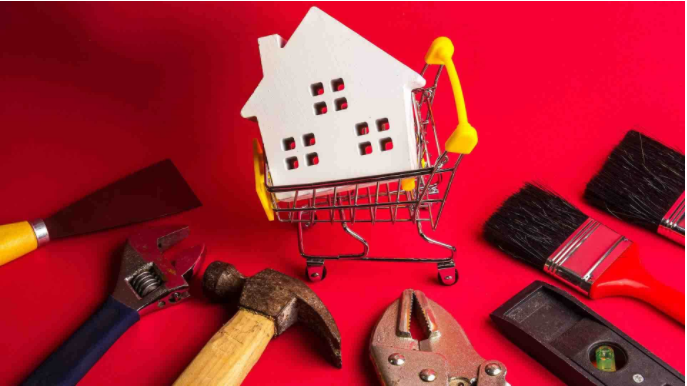What is a Home Loan?
A home loan is a specified amount of money that an individual is eligible to borrow from a bank or any financial institution at a stipulated rate of interest to be paid via easy monthly installments (EMIs) every month. There are different types of home loans available, but the one most appropriate for you should always be considered with respect to the interest rate, repayment structure, time frame, and other aspects involved.
Let us take a look at some of the types of home loans in India :
• Purchase of Residential Property: considered to be the most popular in the home loan category, it is mainly for the purchase of a new home or a pre-owned home. One of the most commonly offered products by banks and financial institutions, these loans have interest rates that are either fixed or floating and are set up initially before the first disbursement is undertaken. The interest rates for 2019 commence from 8.70% per annum and can go as high as 10% with additional percentage charges as processing fees.
• Construction of a House: one of the types of home loans is the loan for construction of a house. This type of loan is specifically structured for those individuals who would intend to construct a house on their own. The primary basis for this kind of loan is that the plot should have been purchased within a year, for the plot cost to be included in the loan amount. The loan amount takes into consideration the cost of the plot as well as a rough estimate of the construction cost. The disbursal of the amount could be lump sum or in multiple installments.
• Purchase of Land: a majority of banks offer loan options for the purchase of land. Purchasing land provides a flexible option to the buyer to construct the house as and when the finances are available. Some borrowers, purchase land solely for the purpose of investment. A maximum amount of 85% of the cost of the land assessed by the bank will be sanctioned to the borrower.
• House Expansion: certain banks and financial institutions offer loans for the purpose to expand or extend the house which would include alterations of the present structure, construction of new rooms or even increasing a couple of floors. HDFC Home Extension loan is one such popular option in this category.
Also Read: Good news for Atal Pension Yojana subscribers! Here is what PFRDA said
• Home Improvement Loans: with the diversity of product offerings in the market, one such option is a home improvement loan for renovations and repair work in and around the premises of your home. This could include upgradation of electrical items, ceiling and tiling repairs or even interior refurbishment. These loans are given for a period of 15 years with an interest rate range of 9.5% to 10.5 % per year.
• Home Conversion Loans: a home conversion loan assists those individuals who want to move to a new house from their existing place of residence which was purchased by a home loan. By transferring the current loan to the new house, borrowers are able to fund the purchase of the new house and are not required to repay the previous home loan. Though it is an extremely convenient option, this category of home loan is very high- priced.
• Balance Transfer Home Loans: this type of home loan can benefit those individuals who are looking for a lower rate of interest or better services. A balance transfer home loan is a loan which is transferred from one bank to another bank. At times this kind of loan is undertaken to repay the remaining loan at a revised much lower rate of interest offered by the new lender.
• NRI Home Loans: these are tailor-made loans for non-resident Indians who are interested in purchasing residential property in India. The formalities and procedure for this loan are different from the other loan categories. Depending on the profession of the NRI the loan is offered for a tenure of 20 to 30 years with an interest rate range of 8.60% to 10% per year
• Bridged Loans: these are short term loans that are structured for those individuals who intend to purchase a new property. This loan is a stop-gap arrangement facility to aid the individual to purchase the new property until he can identify a buyer for his existing property. Usually, the mortgage of the house is considered in this type of loan.
• Stamp Duty Loans: this loan is only offered to cover up the stamp duty charges during the purchase of the property. This is mainly for borrowers who are purchasing a high valued property. It is not a widely known segment of loans.
Knowing about the different types of home loans is the key to smart borrowing and paying lower interest rates.


